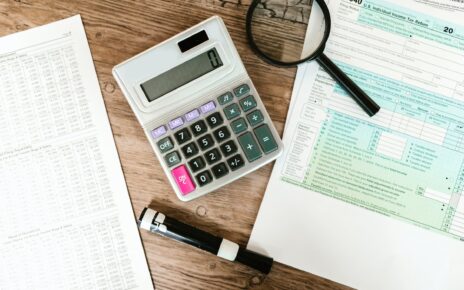The first documented examples of commercial bank statements are from Italy in the 14th century, and they have been around since the Middle Ages. Business bank statements are a crucial tool for all businesses today, regardless of size. While the structure has evolved greatly over time, the goal has remained the same: to assist you in maintaining control of your company’s finances.
What is a business bank statement?
An overview of all of your business transactions for a given statement period can be found on your business bank statement. It contains details on your bank, company, and bank account as well as an account summary. An account summary, usually referred to as a transaction history, is included in a commercial bank statement and comprises the following information:
When should you use business bank statements?
A company bank statement can be useful in a variety of situations, especially in the ones listed below:
Balancing the ledger and recording transactions
Your account summary covers all deposits, withdrawals, your starting amount, and your ending balance for the specified time period. You can check these statistics against your accounting records to see if there are any discrepancies or problems.
Lending Application
Most firms require loans to support expansion or control cash flow. Business bank statements are a crucial piece of information that lenders require when you ask for a loan in order to get an overview of your company’s financial situation and determine your capacity to repay the loan.
Tax Filing
During tax season, businesses utilize bank statements to keep track of their spending and income. This data can be used to confirm deductions listed on your tax return and is crucial in figuring out how much tax your company owes.
Planning and budgeting. You can consult a company bank statement while determining how to allocate resources going forward, whether you’re creating your first business plan or establishing goals for the future quarter.
3 benefits of using business bank statements
1. Keeping track of income and expenses
You can keep track of your income and expenses with the aid of business bank statements.
They may offer insightful information about your spending patterns. You can find areas where you can decrease costs by looking at where business money are being spent, which can be very useful for small businesses striving to keep their costs down.
You can track your development over time with the aid of business bank statements, which is useful if you plan to grow your activities. You can determine whether you’re on pace to achieve your goals by having a clear picture of your revenue and expenses. Making decisions like filing your taxes or making a budget need having a solid understanding of your company’s financial situation.
2. Recognizing anomalies and differences
You can identify any anomalies in your account, such as fraud or identity theft, by looking at your bank statements. You can take measures to stop future harm if you discover suspicious activity, such as an unapproved purchase or payment.
3. Securing a business loan
One of the most crucial documents you may present to a lender when applying for a loan is a company bank statement. It gives a quick overview of your company’s financial situation, including data on deposits, withdrawals, and balances, which aids lenders in determining the risks associated with lending.




